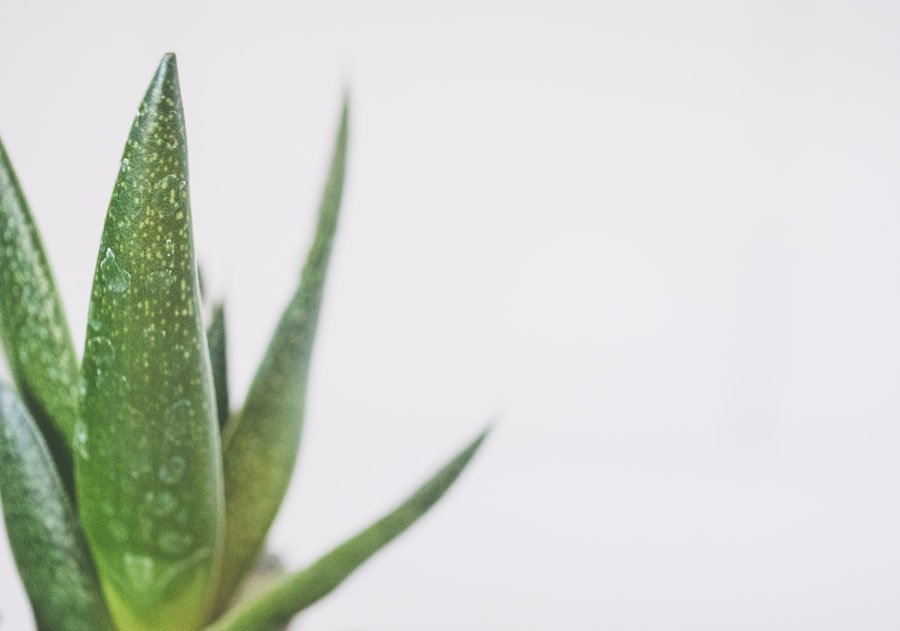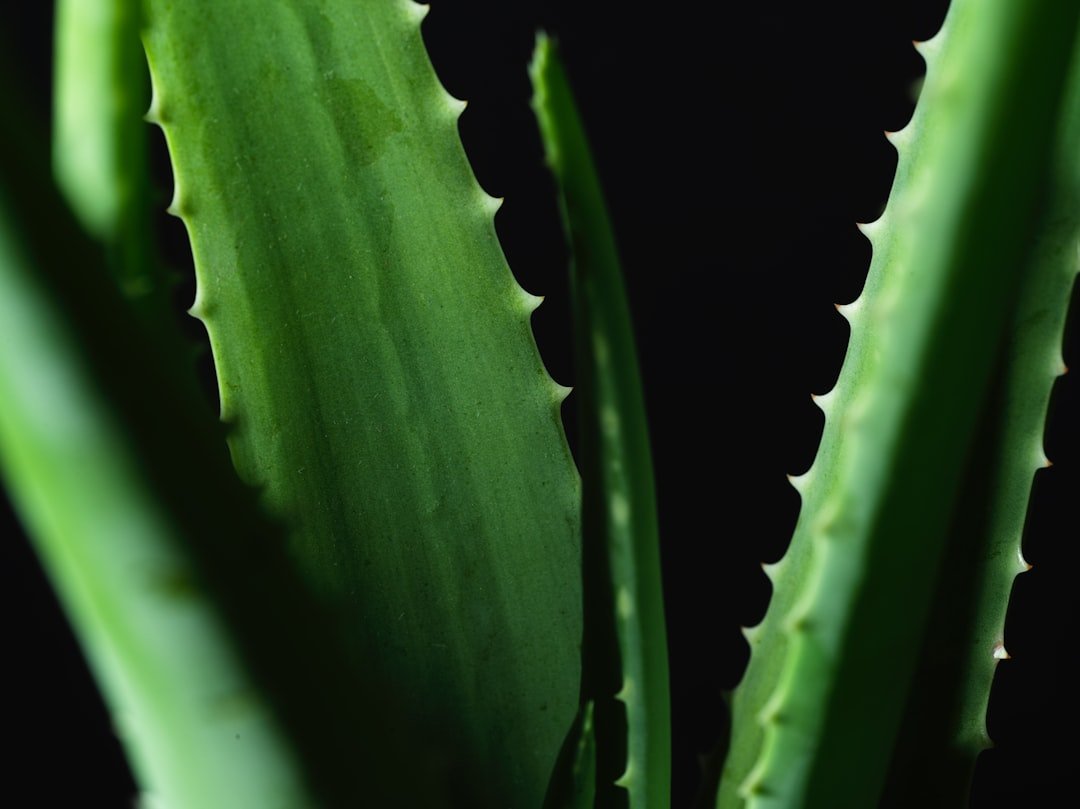Sun exposure is a double-edged sword; while it is essential for the synthesis of vitamin D, excessive exposure can lead to a myriad of skin issues. The sun emits ultraviolet (UV) radiation, which is categorized into two main types: UVA and UVUVA rays penetrate the skin more deeply and are primarily responsible for premature aging, including wrinkles and age spots. On the other hand, UVB rays are the primary culprits behind sunburn and play a significant role in the development of skin cancer.
The cumulative effects of sun exposure can lead to long-term damage, making it crucial to understand how to protect oneself from these harmful rays. The immediate effects of sun exposure can manifest as redness, swelling, and pain, commonly known as sunburn. This inflammatory response occurs when the skin’s cells are damaged by UV radiation, leading to an increase in blood flow to the affected area.
Over time, repeated sun exposure can result in more severe consequences, such as photoaging, characterized by loss of elasticity, pigmentation changes, and an increased risk of skin cancers like melanoma. Understanding these effects is vital for developing effective post-sun care routines that can mitigate damage and promote healing.
Key Takeaways
- Sun exposure can lead to sunburn, premature aging, and an increased risk of skin cancer.
- Natural ingredients like aloe vera, cucumber, yogurt, coconut oil, honey, oatmeal, green tea, and chamomile can help soothe and repair sun-damaged skin and hair.
- Aloe vera gel is a simple and effective DIY remedy for sunburn relief.
- A cooling cucumber and yogurt mask can help to soothe and hydrate sun-damaged skin.
- A hydrating coconut oil and honey hair mask can help to repair and nourish sun-damaged hair.
Natural Ingredients for Post-Sun Care
In the quest for effective post-sun care, many individuals are turning to natural ingredients that offer soothing and healing properties. These ingredients not only provide relief from the discomfort associated with sunburn but also help in repairing the skin barrier. One of the most popular natural remedies is aloe vera, known for its anti-inflammatory and hydrating properties.
The gel extracted from the leaves of the aloe vera plant contains compounds like aloin and acemannan, which can accelerate healing and reduce redness. Another powerful natural ingredient is chamomile, which has been used for centuries for its calming effects on the skin. Chamomile contains antioxidants and anti-inflammatory properties that can help soothe irritated skin.
When combined with other natural ingredients like honey or coconut oil, chamomile can enhance the overall effectiveness of post-sun care treatments. These natural remedies not only provide immediate relief but also contribute to long-term skin health by promoting regeneration and hydration.
DIY Aloe Vera Gel for Sunburn Relief

Creating a DIY aloe vera gel for sunburn relief is a straightforward process that allows individuals to harness the healing properties of this remarkable plant. To make your own aloe vera gel, start by selecting a fresh aloe vera leaf from a mature plant. Cut the leaf lengthwise and scoop out the clear gel using a spoon.
This gel can be applied directly to sunburned areas for instant relief. The cooling sensation of aloe vera helps alleviate pain while its natural compounds work to repair damaged skin. For enhanced benefits, consider adding a few drops of essential oils such as lavender or tea tree oil to your homemade aloe vera gel.
Lavender oil is renowned for its calming properties and can further soothe inflamed skin, while tea tree oil offers antibacterial benefits that can prevent infection in damaged areas. Mixing these oils into your aloe vera gel not only enhances its effectiveness but also provides a pleasant aroma that can elevate your post-sun care routine.
Cooling Cucumber and Yogurt Mask for Sun-Damaged Skin
| Ingredient | Benefit |
|---|---|
| Cucumber | Hydrates and soothes sun-damaged skin |
| Yogurt | Contains lactic acid which exfoliates and smoothens skin |
| Mint | Has a cooling effect and reduces inflammation |
| Lemon Juice | Contains vitamin C which helps in brightening skin |
A cooling cucumber and yogurt mask serves as an excellent remedy for sun-damaged skin, combining the hydrating properties of cucumber with the soothing benefits of yogurt. Cucumber is composed of about 95% water, making it an ideal ingredient for rehydrating parched skin after sun exposure. Additionally, cucumbers contain antioxidants and anti-inflammatory compounds that help reduce swelling and redness associated with sunburn.
To create this refreshing mask, blend half a cucumber until smooth and mix it with a few tablespoons of plain yogurt. Yogurt contains lactic acid, which gently exfoliates the skin while providing moisture. Apply this mixture to the affected areas and leave it on for about 20 minutes before rinsing off with cool water.
The result is revitalized skin that feels refreshed and rejuvenated, making it an excellent addition to any post-sun care regimen.
Hydrating Coconut Oil and Honey Hair Mask
Sun exposure doesn’t just affect the skin; it can also take a toll on hair health, leading to dryness and brittleness. A hydrating coconut oil and honey hair mask can restore moisture and shine to sun-damaged hair. Coconut oil is rich in fatty acids that penetrate the hair shaft, providing deep hydration and reducing protein loss.
Honey, on the other hand, acts as a natural humectant, attracting moisture to the hair. To prepare this nourishing hair mask, combine equal parts coconut oil and honey in a bowl. Warm the mixture slightly to ensure it blends well, then apply it generously to your hair, focusing on the ends where damage is most likely to occur.
Leave the mask on for at least 30 minutes before washing it out with a gentle shampoo. This treatment not only revitalizes sun-damaged hair but also leaves it smelling delightful, thanks to the natural sweetness of honey.
Soothing Oatmeal Bath for Sunburned Skin

For those suffering from extensive sunburn, a soothing oatmeal bath can provide significant relief from discomfort while promoting healing. Oatmeal contains avenanthramides, which are compounds known for their anti-inflammatory properties. When added to bathwater, oatmeal creates a milky solution that coats the skin, helping to alleviate itching and irritation associated with sunburn.
To prepare an oatmeal bath, grind one cup of plain oats into a fine powder using a blender or food processor. Add this powder to warm bathwater and stir until it is evenly distributed. Soak in this soothing bath for about 15-20 minutes, allowing your skin to absorb the beneficial properties of oatmeal.
Afterward, gently pat your skin dry with a soft towel instead of rubbing it, as this can further irritate sunburned areas. This simple yet effective remedy can transform a painful experience into one of comfort and relaxation.
Calming Green Tea and Chamomile Facial Mist
A calming green tea and chamomile facial mist is an excellent way to refresh and soothe sun-exposed skin throughout the day. Both green tea and chamomile are rich in antioxidants that combat free radicals generated by UV exposure. Green tea contains polyphenols that have anti-inflammatory properties, while chamomile helps reduce redness and irritation.
To create this facial mist, brew a strong cup of green tea and allow it to cool completely. Once cooled, mix in a few tablespoons of chamomile tea or chamomile essential oil for added benefits. Transfer this mixture into a spray bottle for easy application.
Throughout the day, spritz your face with this refreshing mist whenever you feel your skin needs hydration or relief from irritation. Not only does this facial mist provide immediate comfort, but it also helps protect your skin from further damage caused by environmental stressors.
Tips for Preventing Sun Damage and Protecting Your Skin
Preventing sun damage is far more effective than treating it after it occurs. One of the most critical steps in safeguarding your skin is applying sunscreen daily, even on cloudy days or during winter months when UV rays can still penetrate through clouds. Choose a broad-spectrum sunscreen with an SPF of at least 30 and reapply every two hours when outdoors or immediately after swimming or sweating.
In addition to sunscreen application, wearing protective clothing can significantly reduce your risk of sun damage. Opt for lightweight long-sleeved shirts, wide-brimmed hats, and UV-blocking sunglasses when spending extended periods outdoors. Seeking shade during peak sunlight hours—typically between 10 AM and 4 PM—can also help minimize exposure to harmful UV rays.
Staying hydrated is another essential aspect of sun protection; drinking plenty of water helps maintain skin elasticity and overall health. Incorporating antioxidant-rich foods into your diet can further bolster your skin’s defenses against UV damage. Foods such as berries, leafy greens, nuts, and fatty fish provide essential nutrients that support skin health from within.
By understanding the effects of sun exposure and implementing effective post-sun care routines using natural ingredients, individuals can promote healing while minimizing future damage. Embracing preventive measures ensures that your skin remains healthy and resilient against the harsh effects of the sun’s rays.









